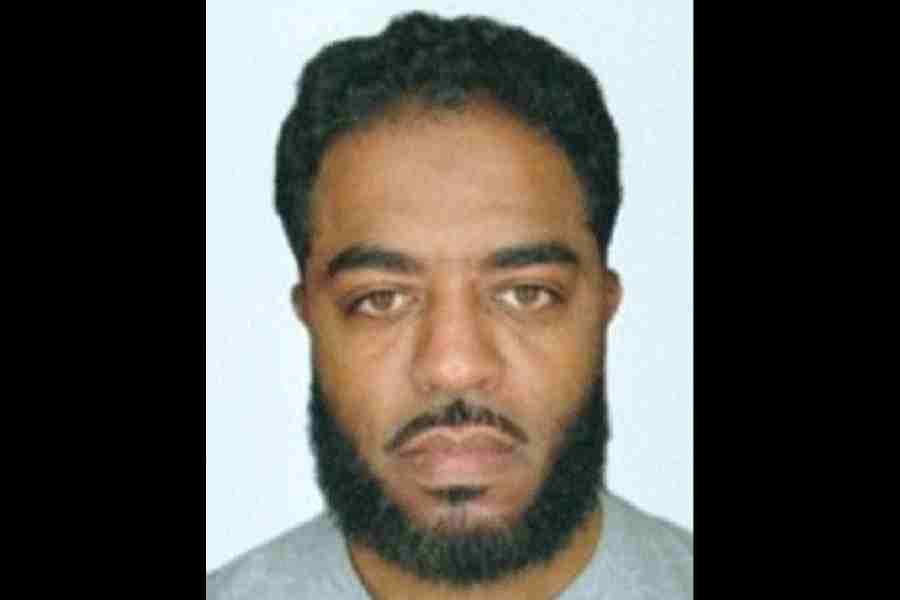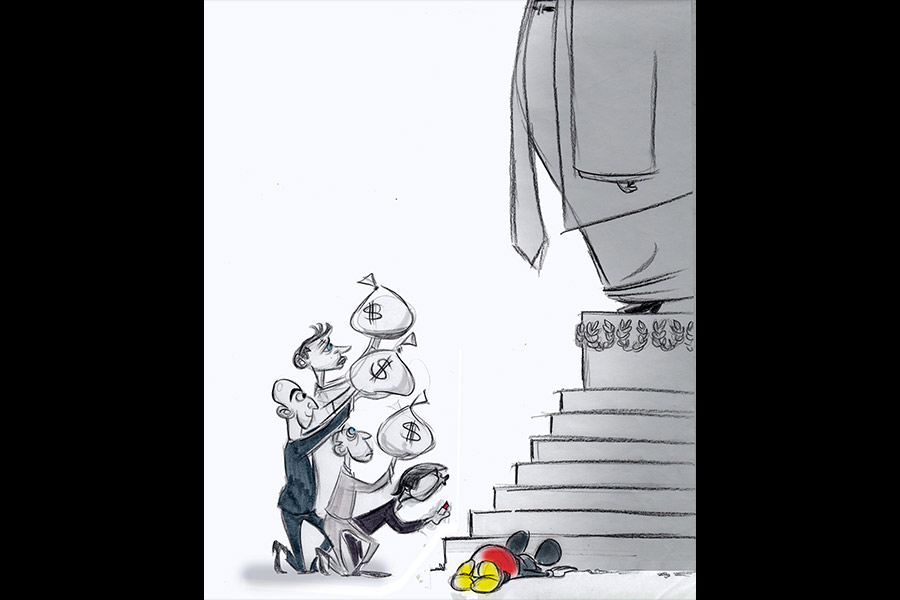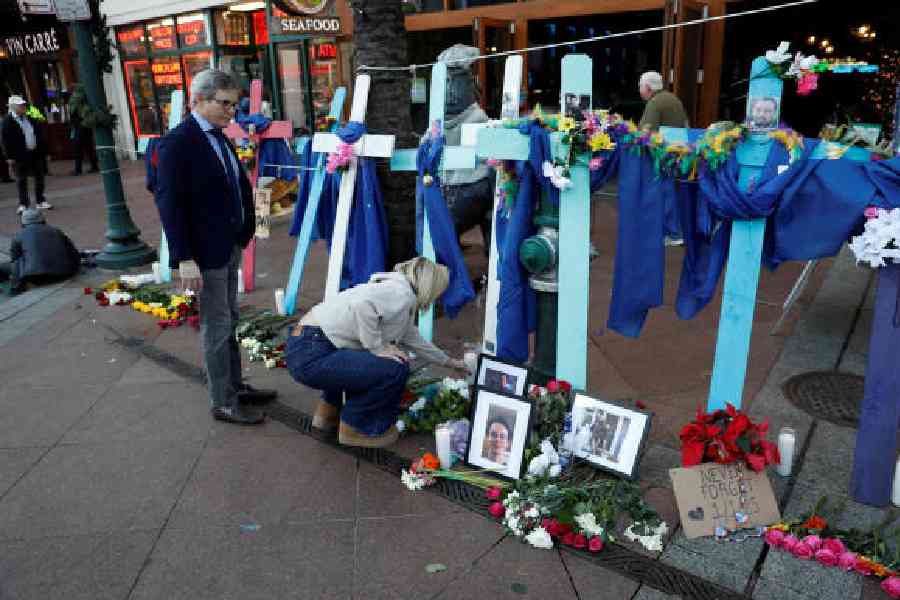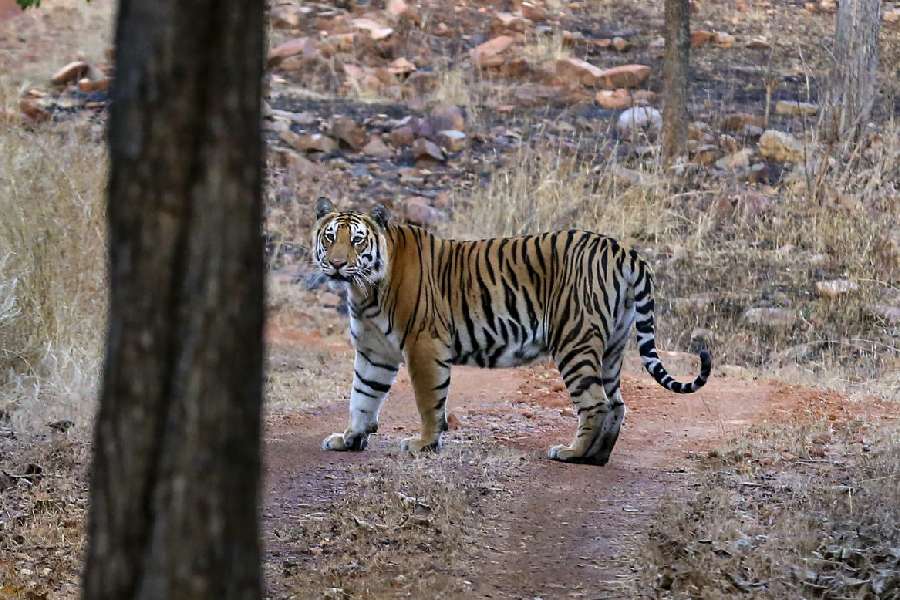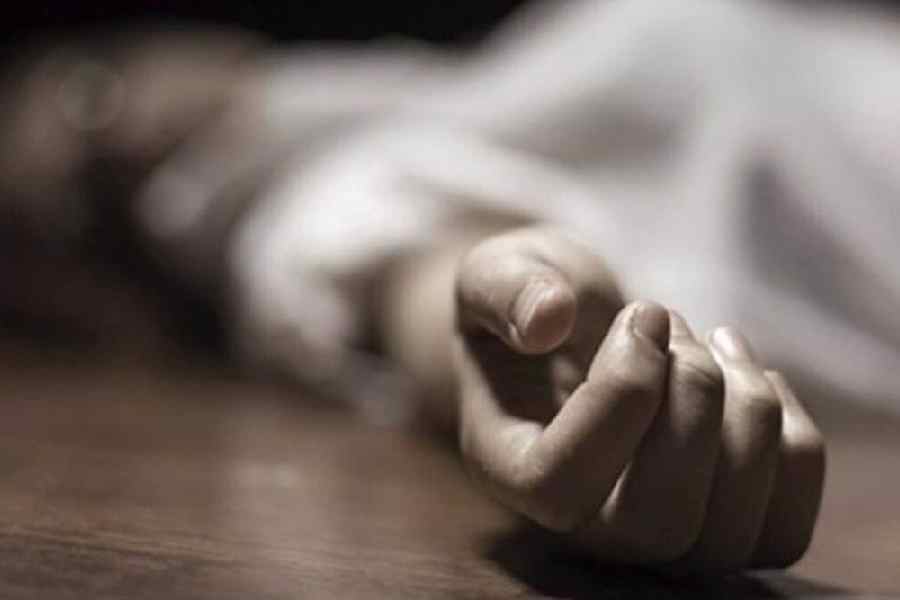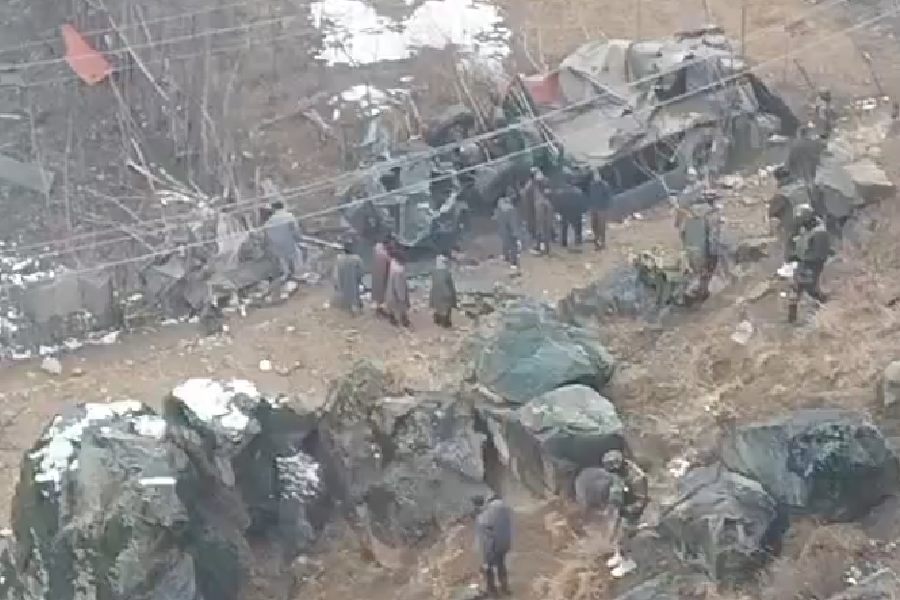It was just after 3am on Wednesday, and while much of the country had already gone to bed after toasting the new year, the party was still going — as it usually does — on Bourbon Street in New Orleans.
Then came the sound of a white pickup truck, accelerating. In an instant the city’s best-known, most popular public space was transformed into a scene of death and terror.
“We heard him punch the gas and then the impact and then the screams,”
said Kimberly Stricklin, of Mobile, Alabama, who watched with her husband as the truck careened onto Bourbon Street in the French Quarter and slammed into the crowd. “It just took a moment to register, it was just so frightening — it was
like something out of a horror movie.”
Stricklin said she was haunted by the memory of the sounds one victim had made. “I can’t get over that girl’s screams,” she said.
Described by federal authorities as a deliberate act of terror, the attack killed at least 15 people, injured about three dozen others and left New Orleans, a city of 364,000, on edge.
The driver, who was killed in a shootout with police, was identified by the FBI as Shamsud-Din Bahar Jabbar, 42, a US citizen and US Army veteran from Texas. He had loaded his rented truck with weapons and at least one “potential” improvised explosive, authorities said, and an Islamic State (IS) flag was found on the trailer hitch of his rented white Ford pickup.
President Joe Biden, in a short address at Camp David, said that the FBI told him that the driver had posted videos on social media “mere hours” before the attack “indicating that he was inspired” by the IS.
Investigators on Thursday said Jabbar had acted alone.
“We’re confident, at this point, that there are no accomplices,” Christopher Raia of the FBI’s counterterrorism division said in a news conference. New Orleans officials said they were moving to reopen Bourbon Street and were confident in the security precautions they had taken for the Sugar Bowl, which was rescheduled for Thursday afternoon.
Jabbar — who served almost eight years in the army, including a deployment to Afghanistan — said in a video posted online that he had joined the IS, Raia said, and had originally planned to hurt his relatives and friends, but worried about how that would be interpreted by the news media. “He was 100 per cent inspired by IS,” Raia said.
There is no definitive connection between the New Orleans attack and the explosion of a Tesla truck that killed one person outside a Trump hotel in Las Vegas on Wednesday, Raia said, but cautioned that investigators had not ruled anything out.
As law enforcement officers swept through the French Quarter searching out suspicious packages and other potential threats and evidence on Wednesday, authorities urged the public to send tips to aid in the investigation.
For residents watching the events unfold, the day felt both frightening and surreal.
Brian O’Brien, 57, a tour guide who lives a block from Bourbon Street, said he woke on Wednesday to find a state trooper inspecting a cooler sitting about 100 feet from his stoop. According to O’Brien, the officer had said the cooler contained pipes, tape and lots of nails, and a bomb squad arrived soon after to detonate the contents.
O’Brien recalled hearing a shout of “Fire in the hole!” while he sat, with his ears covered, at a safe distance. “I’m still in shock,” he said.
Two officers were injured when police exchanged gunfire with the suspect after he had crashed and exited his truck; both officers survived.
The Sugar Bowl, part of the new 12-team college football championship, had drawn tens of thousands of spectators to New Orleans and was scheduled to be played on Wednesday night at the Superdome, a little over 1km from Bourbon Street.
Dwight McKenna, the New Orleans coroner, said in an interview on Wednesday evening that the number of fatalities could continue to increase in the days ahead.
The attack happened near the intersection of Bourbon Street and Canal Street, on one of the busiest blocks in New Orleans, on one of the busiest nights of the year. Witnesses said the white pickup truck had sped around the corner from Canal onto Bourbon, easily breaking through or evading whatever modest barriers stood in its way.
Security barriers in the area, designed to protect Bourbon Street pedestrians from vehicles, were being upgraded; according to a notice on the city’s website, construction work to remove old bollards and install new, stainless-steel replacements began in November, and was scheduled to continue into February, in preparation for the Super Bowl, scheduled to be played in New Orleans next month.
City officials said on Wednesday that the new bollards were not operational at the time of the attack, and that the suspect drove onto the sidewalk, avoiding a police car parked in the road.
The suspect, a Texas native, had converted to Islam, a man who had married his ex-wife said, and had acted erratically in recent months. Records showed that he had been married twice, and had reported financial problems to his ex-wife’s lawyer in 2022.
Attorney-general Merrick B. Garland said federal investigators were treating the attack as an act of terrorism. The use of the truck as a weapon, along with the discovery of an improvised bomb in a cooler near the crashed vehicle, led officials to conclude that the driver’s goal had been to inflict civilian casualties.
“My heart is broken for those who began their year by learning people they love were killed in this horrific attack,” Garland said. He vowed to “deploy every available resource” to the investigation.
A compact neighbourhood, just 6 by 13 blocks, tucked along the curving bank of the Mississippi river, the French Quarter is famous for its distinctive architecture, ornate balconies, European flair and late-night party scene. Vibrant festivals on Bourbon Street, where the attack took place, attract revellers from around the world.
New York Times News Service

